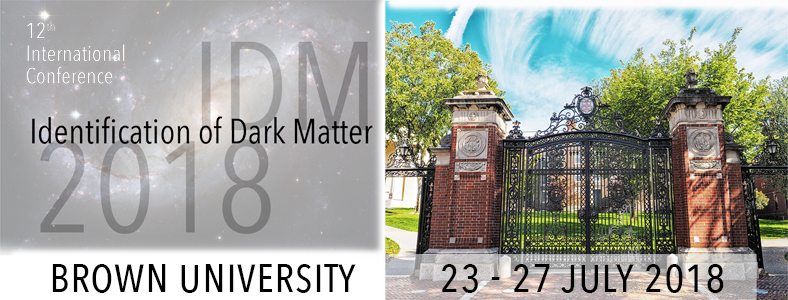Speaker
Description
We study astrophysical properties and stability under parametric resonance of photons of dark matter axion condensates. Gravitational attraction and self-interactions can cause the axion field to re-organize into a BEC of spatial localized clumps. For spherical configurations, we find that clumps which are spatially large are stable, while clumps which are spatially small are unstable and may collapse. Furthermore, there is a maximum number of particles that can be in a clump. We find generalizations of these previous results for non-spherically symmetric clumps by including finite angular momentum. Since the axion condensate is a coherently oscillating axion field, it can potentially lead to parametric resonance of photons through the axion-photon coupling, leading to an output of coherent radio waves. We study this possibility and find that while the resonance phenomenon always exists for spatially homogeneous condensates, its existence for a spatially localized clump condensate depends sensitively on three parameters: width of the clump, strength of axion-photon coupling, and clump’s field amplitude. For spherically symmetric clumps the resonance is absent for typical values of the QCD axion-photon coupling. By contrast, it is present for axions with moderately large couplings, or into hidden sector photons, or from generic scalar dark matter with repulsive interactions. We extend these results to non-spherically symmetric clumps and find that even QCD axion clumps with conventional photon couplings can undergo resonant decay for sufficiently large angular momentum. We discuss possible astrophysical consequences of these results.
